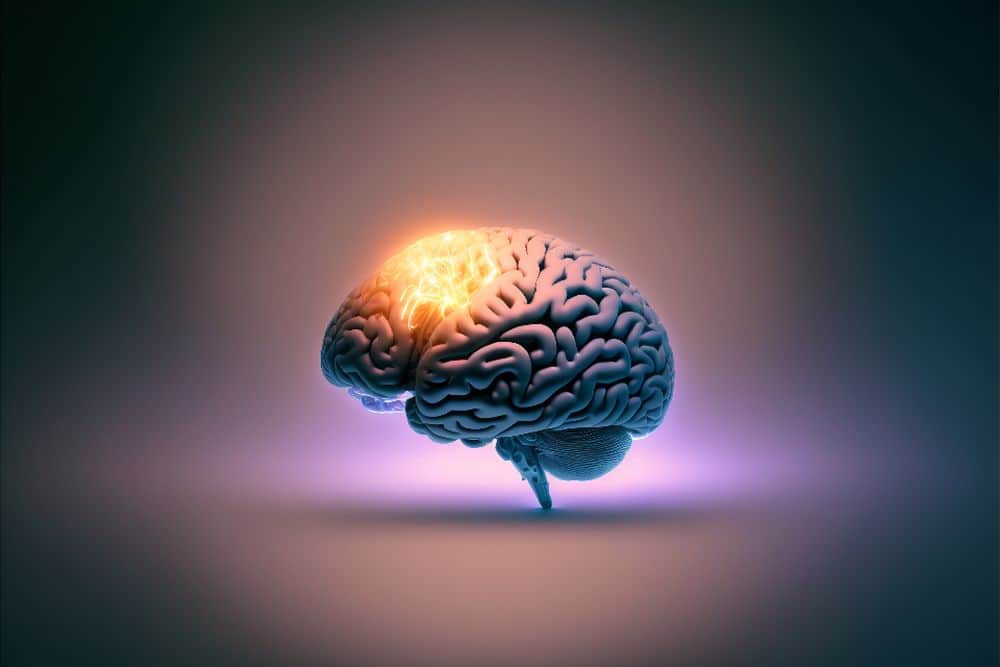3D printing has made a name for itself as a way to speed up building construction, but it is not the only way to accomplish this goal. Australia-based robotics company FBR completed factory acceptance testing of its mobile block-laying machine Hadrian X earlier this year, and the machine recently arrived in the United States for site acceptance testing.
Read MoreTo celebrate National Ice Cream Month in the United States, today we look at the history of penny licks, the small glass cups used by street vendors to serve ice cream in the 19th century.
Read MorePFAS chemicals traditionally are believed to enter the body mainly through ingestion via food or drinking water or by being breathed in. But researchers at the University of Birmingham have now confirmed PFAS can permeate through skin—demonstrating the risk of exposure to these harmful chemicals.
Read MoreThe use of hyperbole in scientific literature is increasing, despite the fact it undermines effective science communication. Today’s CTT provides some useful tips on how to avoid hype and describes the approaches that allow effective communication instead.
Read MoreOhio-based artist and businesswoman Fran Taylor played a major role in midcentury barware culture, and the recent revival of her business by a Lancaster-based couple aims to honor and promote her trailblazing legacy.
Read MoreDeath from train collisions is the second-highest cause of unnatural elephant deaths in India. Austria-based information provider Sensonic contracted with Indian Railways to deploy a fiber-optic-based elephant detection and alert system along the railway’s East Coast network.
Read MoreSpace debris is becoming increasingly problematic as private space entrepreneurs launch unprecedented numbers of new satellites into orbit. Constructing satellites with a “Design for Demise” mentality can help reduce the amount of junk floating around Earth.
Read MoreNumerous advancements in 3D-printed housing have made headlines in the past few years. This CTT highlights some recent notable achievements.
Read MoreEven as record amounts of electronic waste are generated, very little of this waste is recycled. The new Circular Supply Chain Coalition aims to establish e-waste recycling networks in local communities.
Read MoreOptical coherence tomography (OCT) is a newer intravascular imaging technique that researchers have struggled to adapt for use inside the brain. Now, researchers in the U.S. and Canada reported on the development and testing of a modified OCT approach that can be used inside the brain.
Read More








